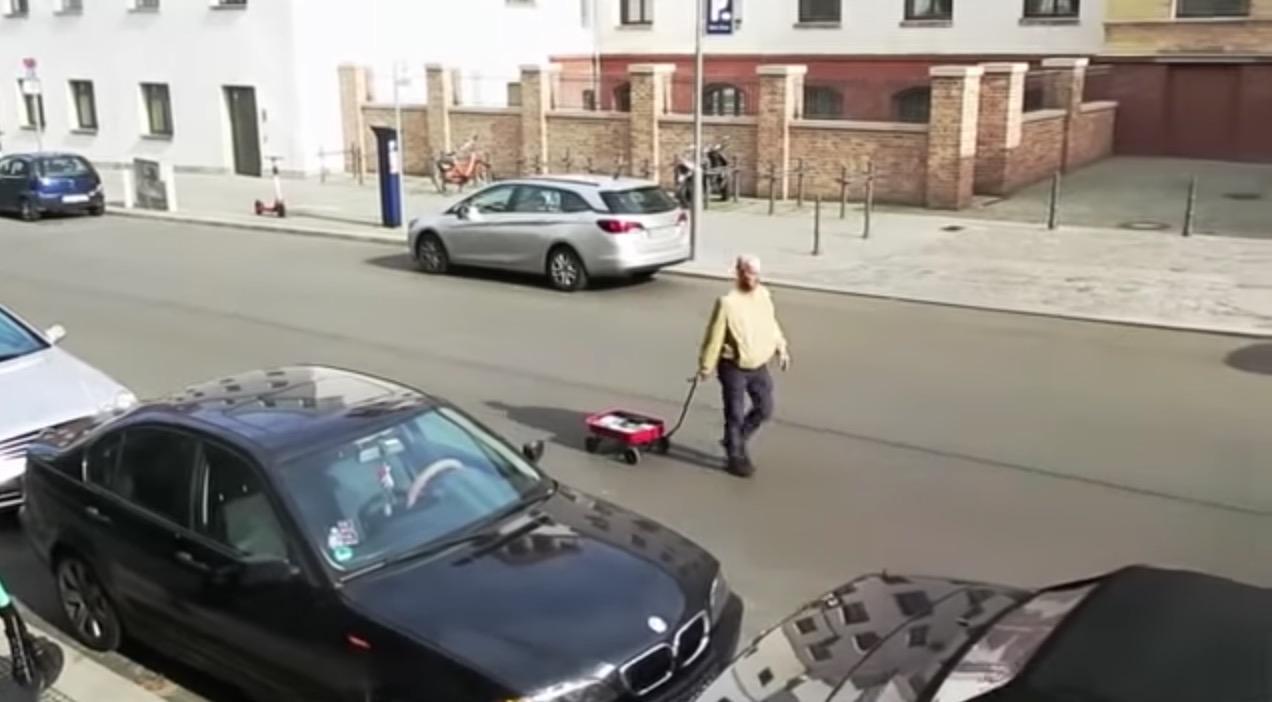Man redirects traffic using Google Maps ‘hack’
Handcart full of phones could send cars on other routes

Your support helps us to tell the story
From reproductive rights to climate change to Big Tech, The Independent is on the ground when the story is developing. Whether it's investigating the financials of Elon Musk's pro-Trump PAC or producing our latest documentary, 'The A Word', which shines a light on the American women fighting for reproductive rights, we know how important it is to parse out the facts from the messaging.
At such a critical moment in US history, we need reporters on the ground. Your donation allows us to keep sending journalists to speak to both sides of the story.
The Independent is trusted by Americans across the entire political spectrum. And unlike many other quality news outlets, we choose not to lock Americans out of our reporting and analysis with paywalls. We believe quality journalism should be available to everyone, paid for by those who can afford it.
Your support makes all the difference.A man tricked Google Maps and potentially rerouted cars with a simple trick.
By loading 99 smartphones into a handcart, he says that he was able to create a "virtual traffic jam" that would send cars elsewhere.
Google Maps includes a feature that can see when people are stuck in traffic jams, or facing other problems. It does so by watching the speed that phones are moving at – and if a number of them appear to have slowed down, the service can guess that there may have been an accident or traffic jam.
But artist Simon Wickert from Berlin says that he was able to place a large number of phones into a handcart and pull it slowly along a road. That meant the maps registered a problem on the street, turning it red and leading cars to avoid it.
"99 smartphones are transported in a handcart to generate virtual traffic jam in Google Maps," Mr Weckert wrote on Twitter. "Through this activity, it is possible to turn a green street red which has an impact in the physical world by navigating cars on another route!"
Mr Weckert posted a video of the experiment, which showed him travelling through Berlin with his handcart and the streets lighting up with the virtual traffic jam as he went.
There is no way to know for sure that Weckert successfully carried out the hack, or to know definitively that it would work. But Google said it appreciated the hack and that it could inform future changes to the service.
"Whether via car or cart or camel, we love seeing creative uses of Google Maps as it helps us make maps work better over time," a spokesperson said.
Join our commenting forum
Join thought-provoking conversations, follow other Independent readers and see their replies
Comments